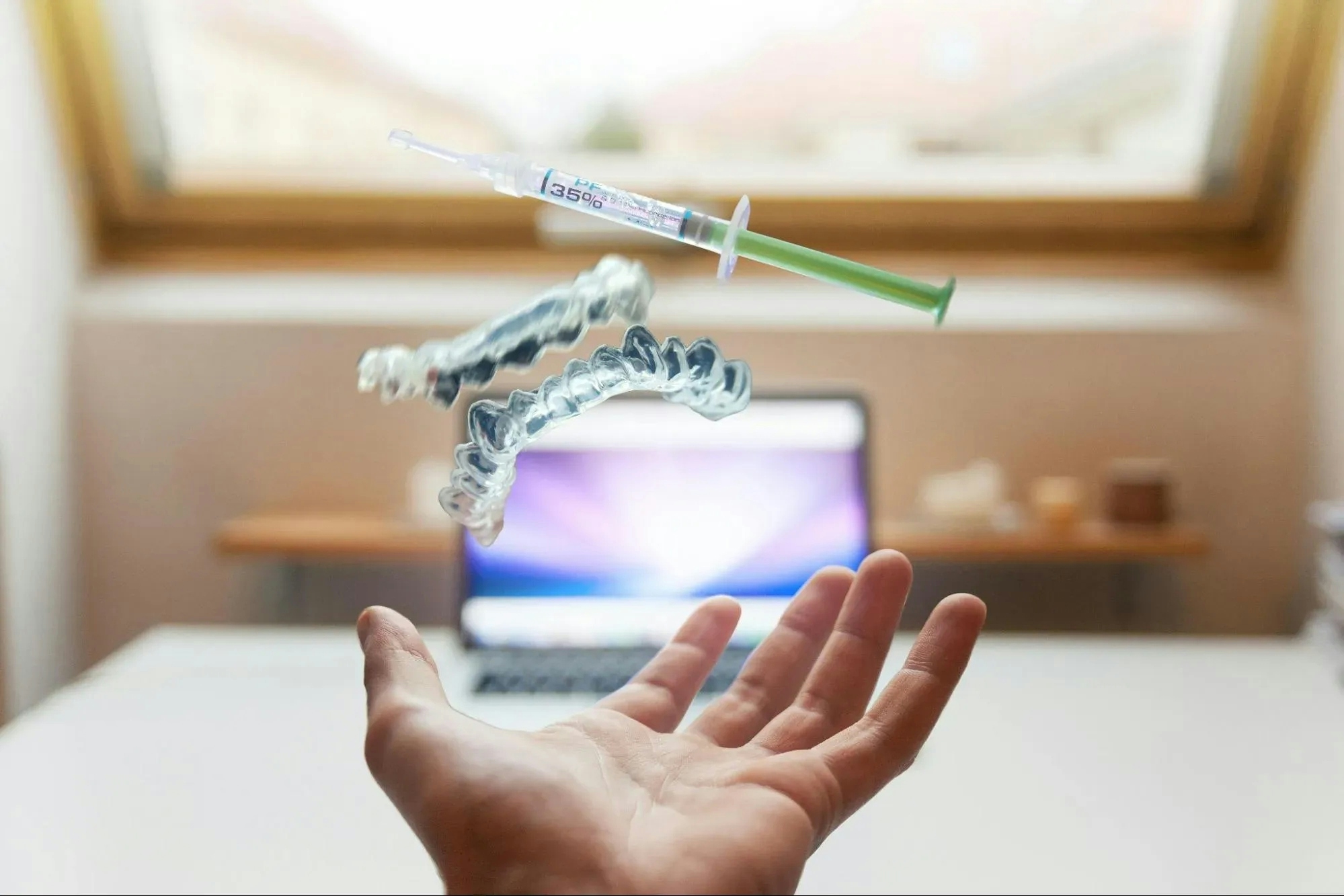What Methods Ensure Pain-Free Injections for Needle-Sensitive Patients?
Dentist Magazine

What Methods Ensure Pain-Free Injections for Needle-Sensitive Patients?
When it comes to dental procedures, ensuring a pain-free experience for needle-sensitive patients is paramount. A 30-year veteran dentist shares their slow and steady technique, while additional answers, including deep breathing exercises, provide a spectrum of strategies. Here's a compilation of methods aimed at minimizing patient anxiety and discomfort.
- Use Slow and Steady Technique, Topical Gel
- Employ Vibration Anesthesia
- Reduce Anxiety with Conscious Sedation
- Explore Painless Needle Technology
- Encourage Deep Breathing Techniques
Use Slow and Steady Technique, Topical Gel
In my over 30 years of dental practice, I've encountered numerous patients with a significant fear of needles, which can make dental procedures particularly stressful. One technique that has proven particularly effective in mitigating this fear and ensuring a pain-free experience is the use of a topical numbing gel before the injection. This gel is applied directly to the area where the injection will be given, numbing the surface of the gums and significantly reducing the sensation of the needle.
Additionally, I focus on using a slow and steady injection technique. This involves gently administering the anesthesia at a slow pace to minimize the pressure and discomfort often associated with dental injections. The combination of the numbing gel and this careful, patient approach helps to alleviate patient anxiety and discomfort.
Through these methods, I've observed a notable decrease in patient anxiety levels and an increase in their willingness to undergo necessary dental treatments without fear. Many patients have reported feeling little to no pain during the injection process, which they attribute to the pre-application of the numbing gel and the slow injection technique. This approach not only ensures a more comfortable experience for the patient but also allows us to perform our work more effectively, aiding in the overall success of the dental treatment.

Employ Vibration Anesthesia
Vibration anesthesia works by confusing nerve pathways, making it less likely for the brain to register pain during an injection. A small device that generates a humming vibration can be used on the skin near the injection site prior to administering the needle. The vibrations are generally mild and provide a distracting sensation that can ease the discomfort of needle-sensitive patients.
This approach is non-invasive and can be quickly administered by healthcare personnel.
Reduce Anxiety with Conscious Sedation
Conscious sedation is a technique used to help patients achieve a state of relaxation and reduce anxiety related to medical procedures. Medication is given to the patient to help them feel drowsy and at ease, which can be especially beneficial before an injection. This method dulls the senses and allows the patient to be awake yet calm, making the needle prick less noticeable.
While it requires careful monitoring by healthcare professionals, conscious sedation can be an option for those with a deep fear of needles.
Explore Painless Needle Technology
Painless needle technology represents a leap forward in patient comfort for those who fear injections. These advanced needles are designed with special features that minimize the sensation of the needle breaking the skin. Often, a silicone coating or a finer gauge is used to decrease discomfort.
Such technologies are increasingly available in medical settings and can make a substantial difference for patients who are needle-sensitive.
Encourage Deep Breathing Techniques
Deep breathing techniques can be a powerful tool in managing the discomfort of injections. By focusing on taking slow, deep breaths, patients can create a sense of calm that may help diminish the pain response during needle insertion. The act of deep breathing also serves as a distraction, drawing the patient's attention away from the injection and encouraging a state of relaxation.
This method can be used by anyone and requires no special equipment or medical intervention.